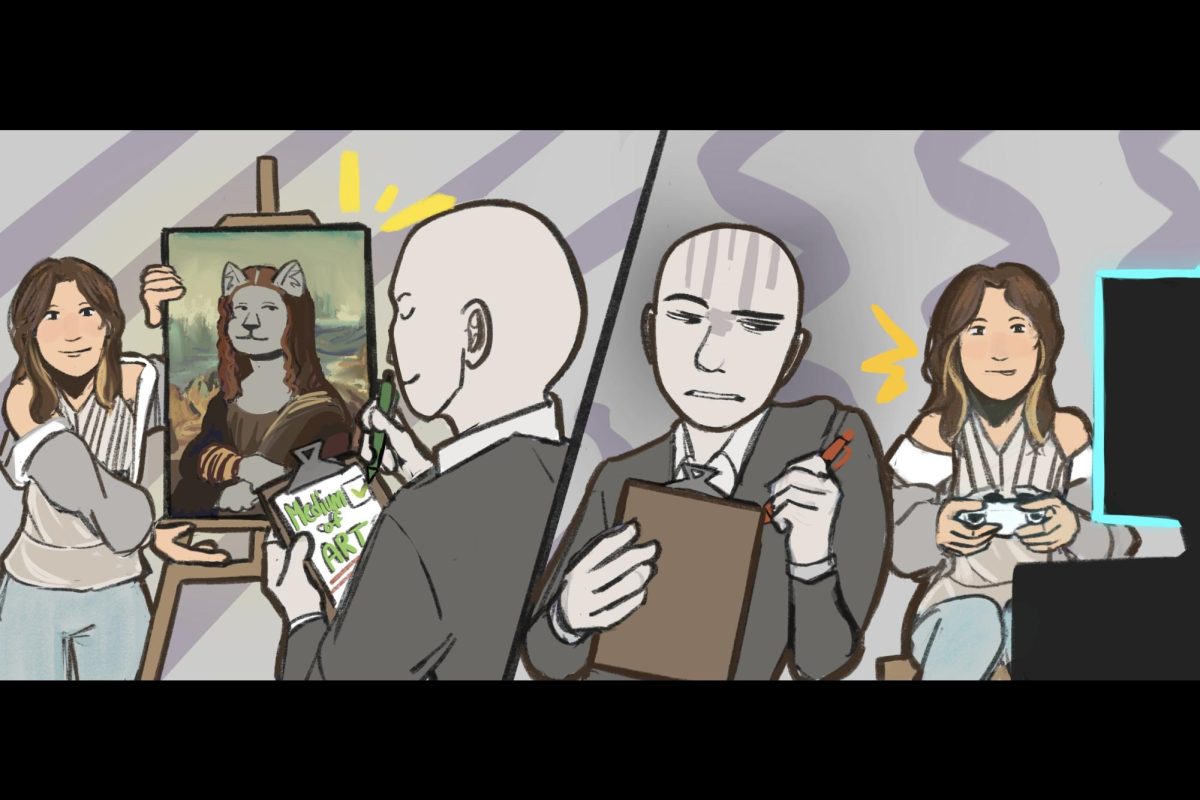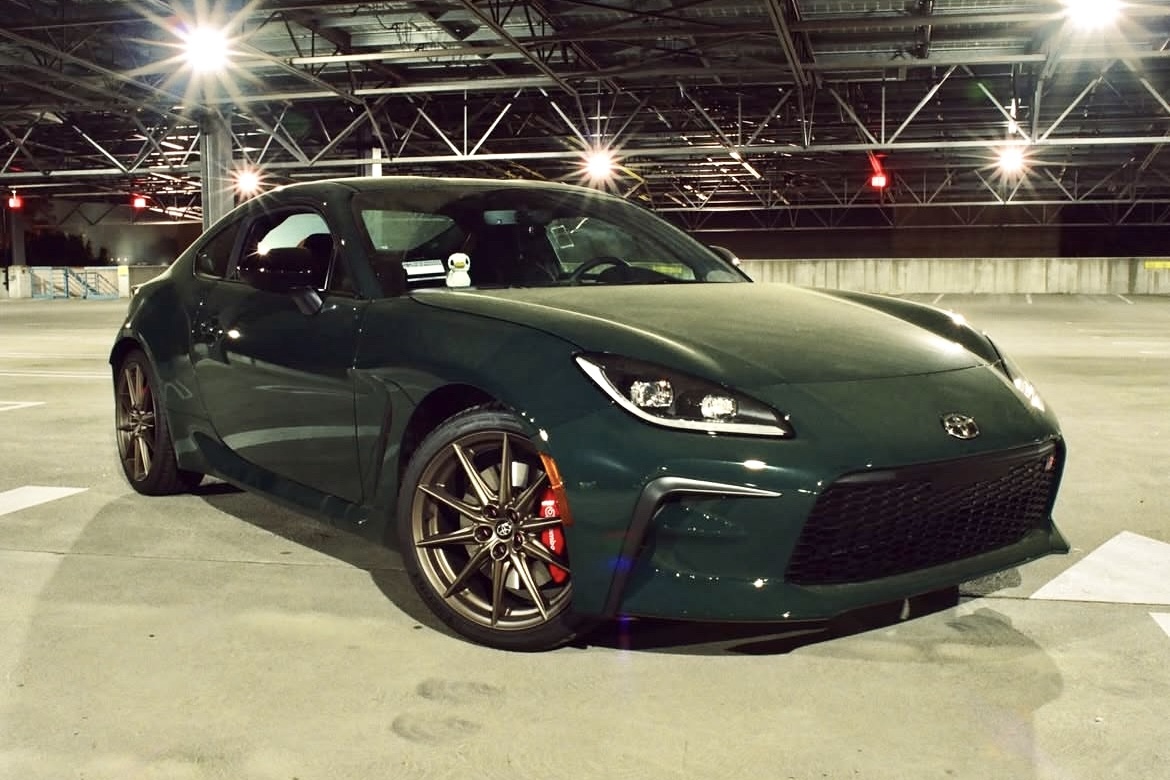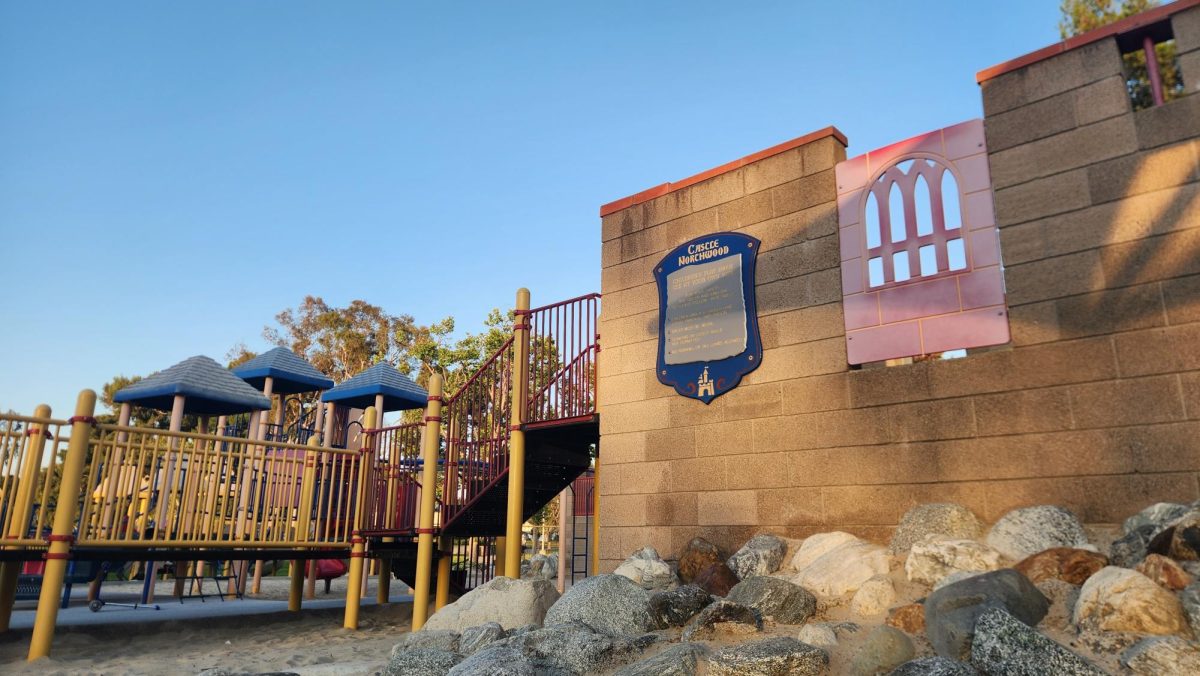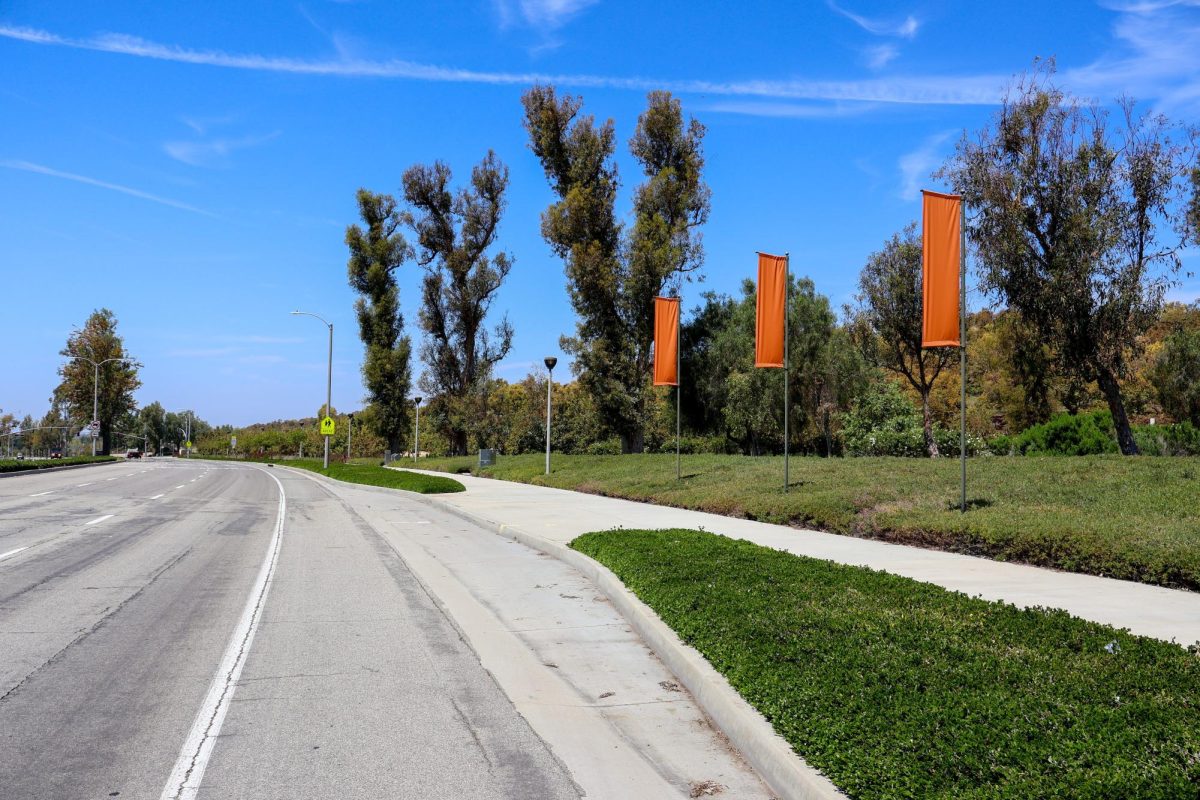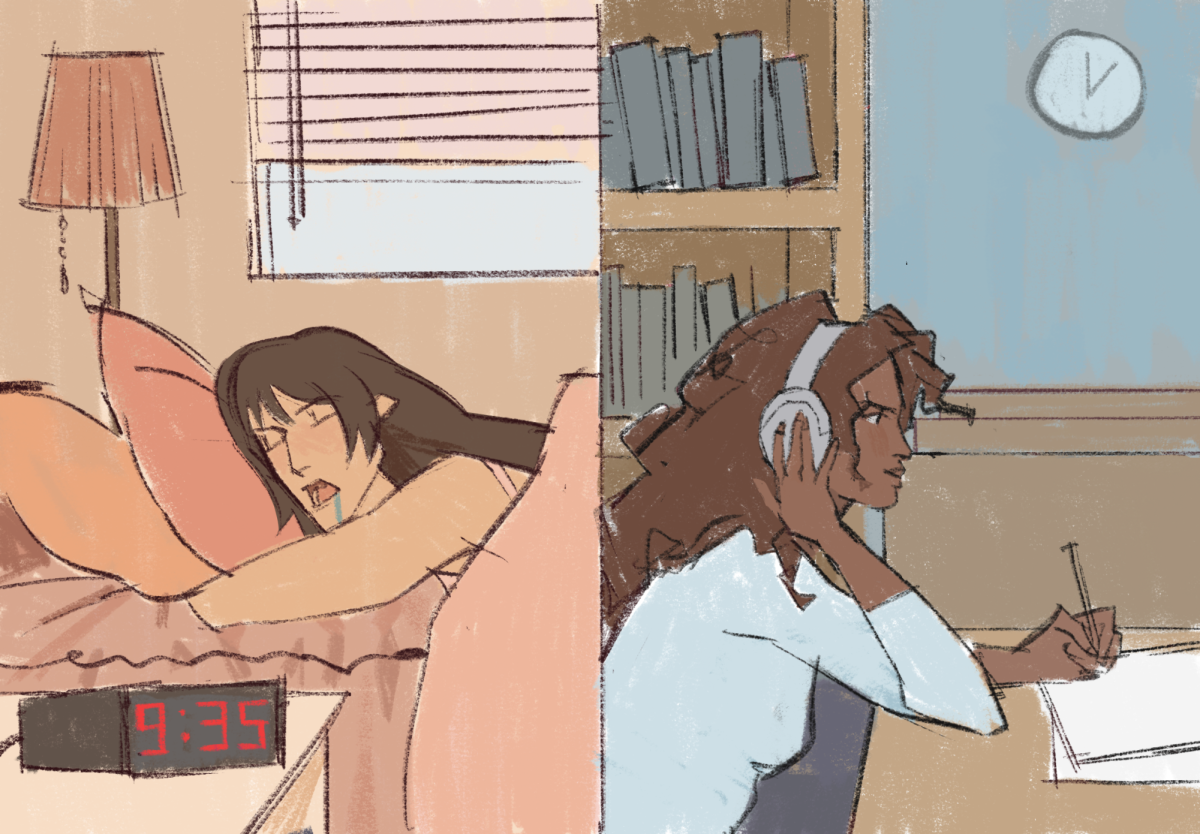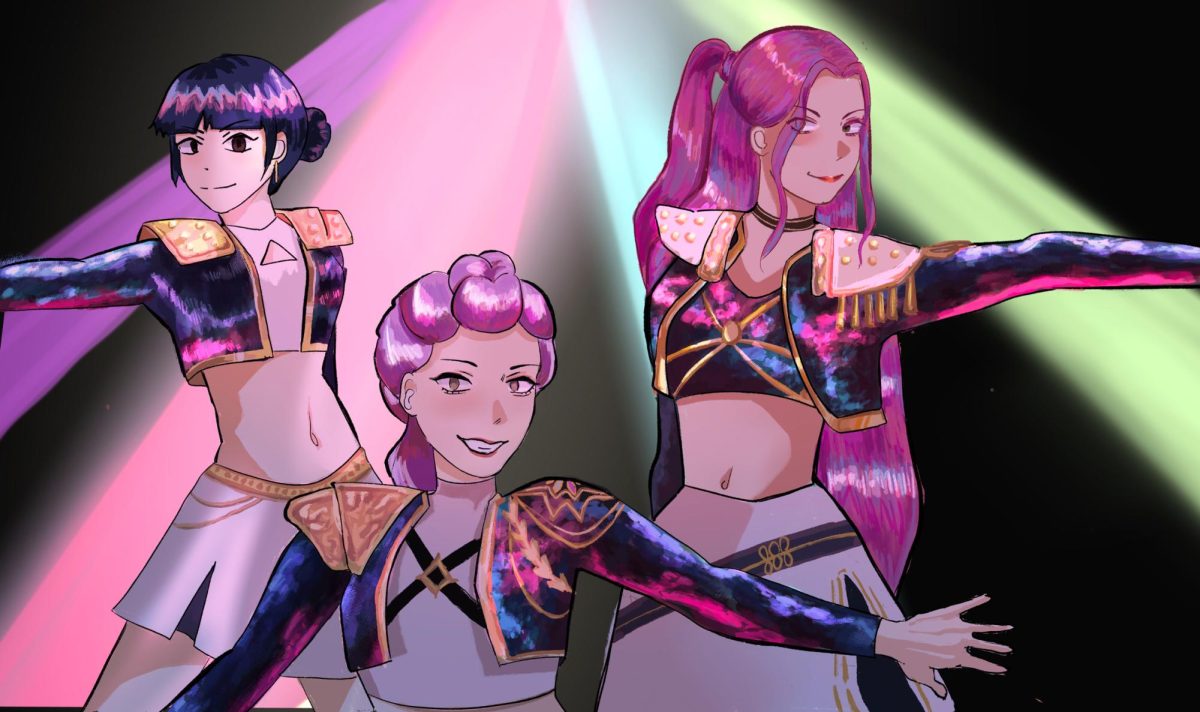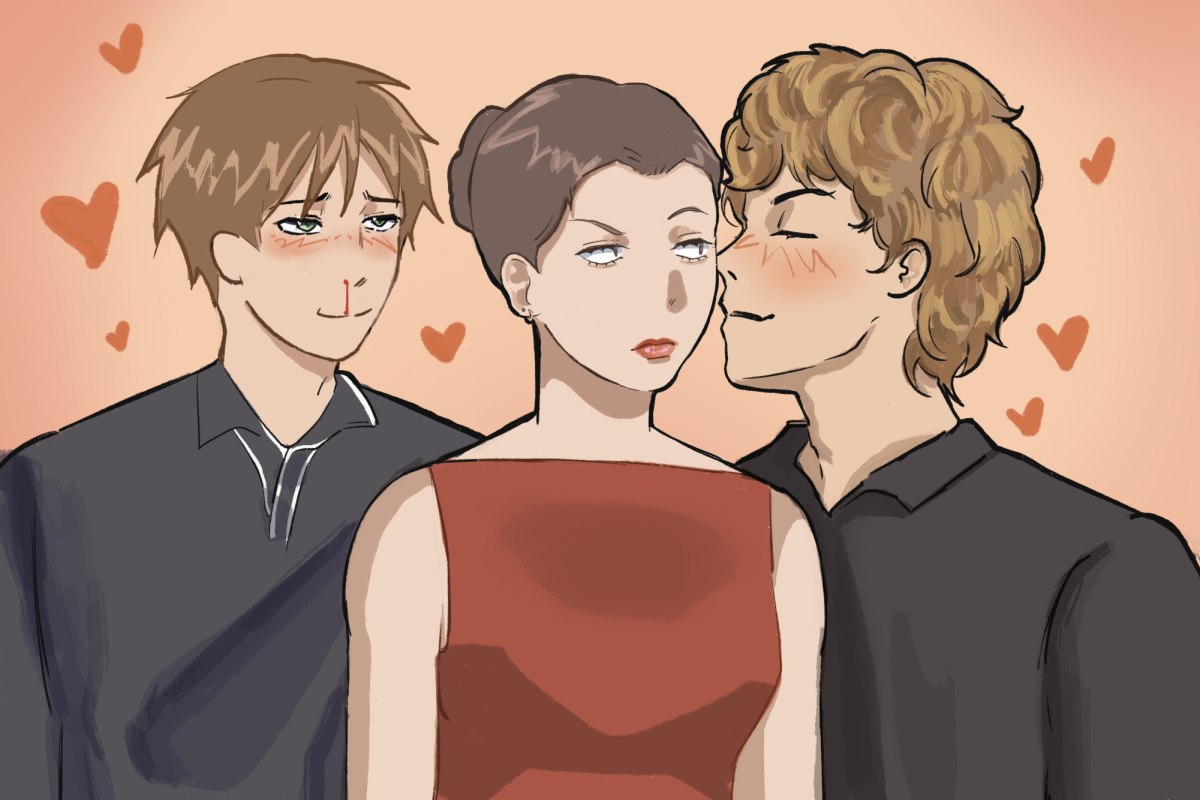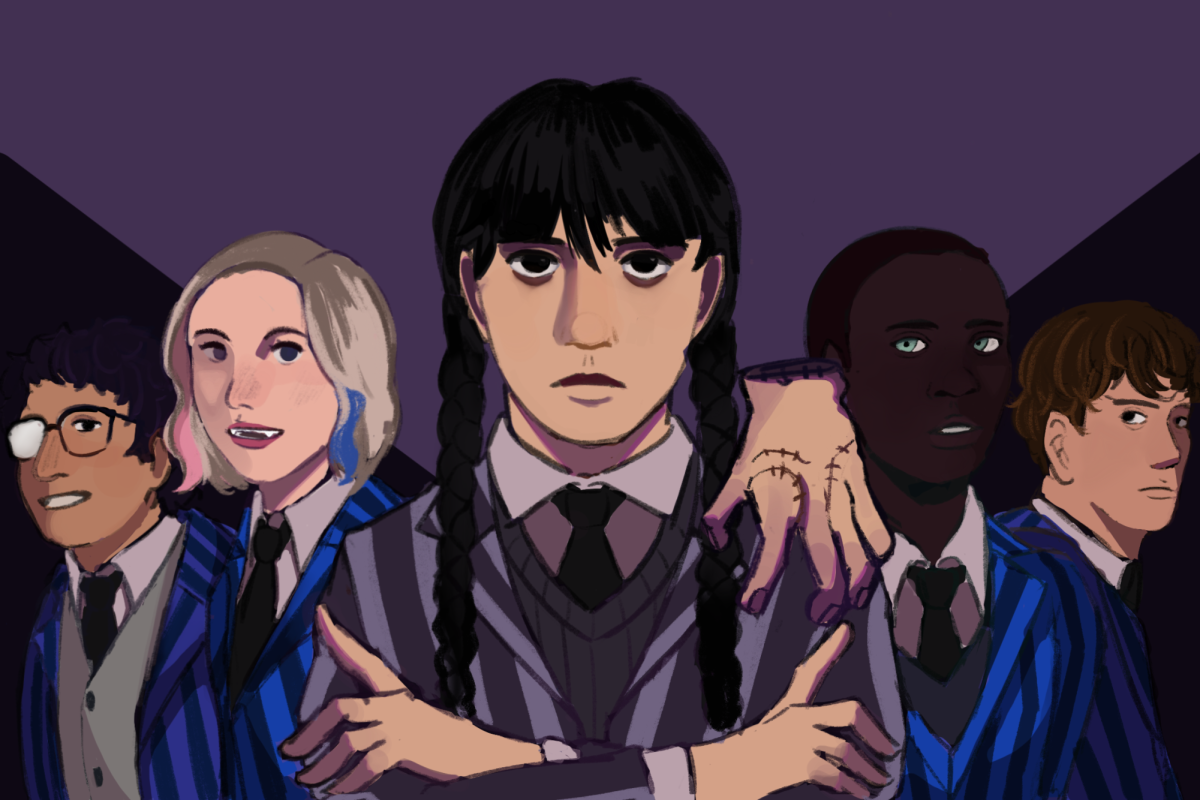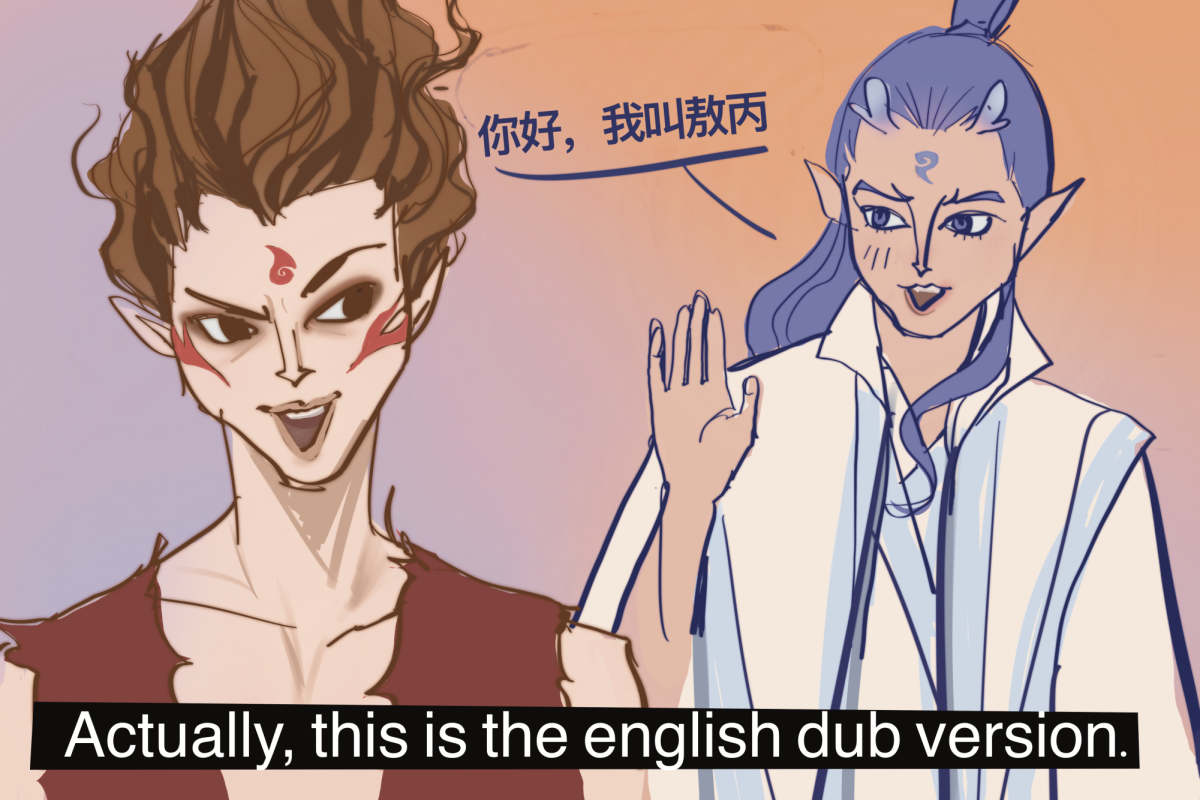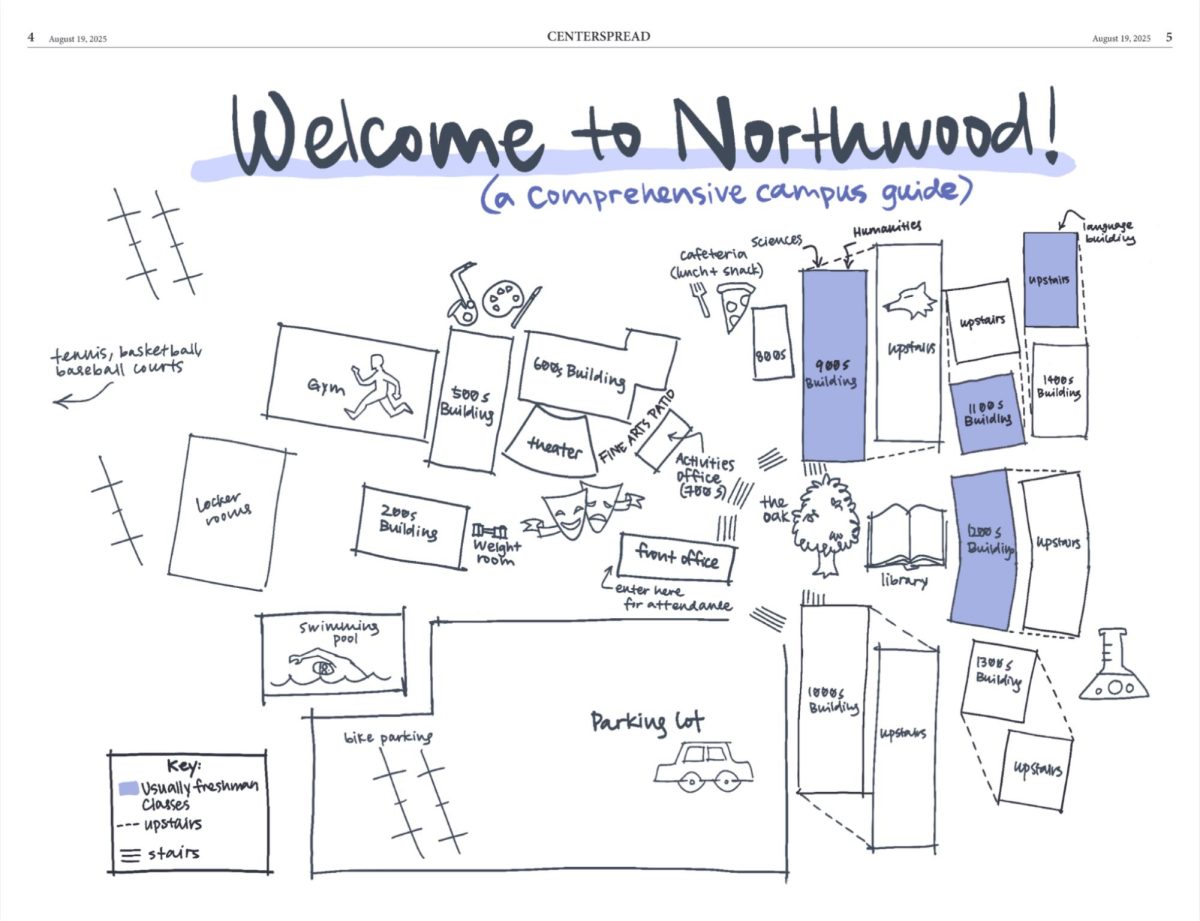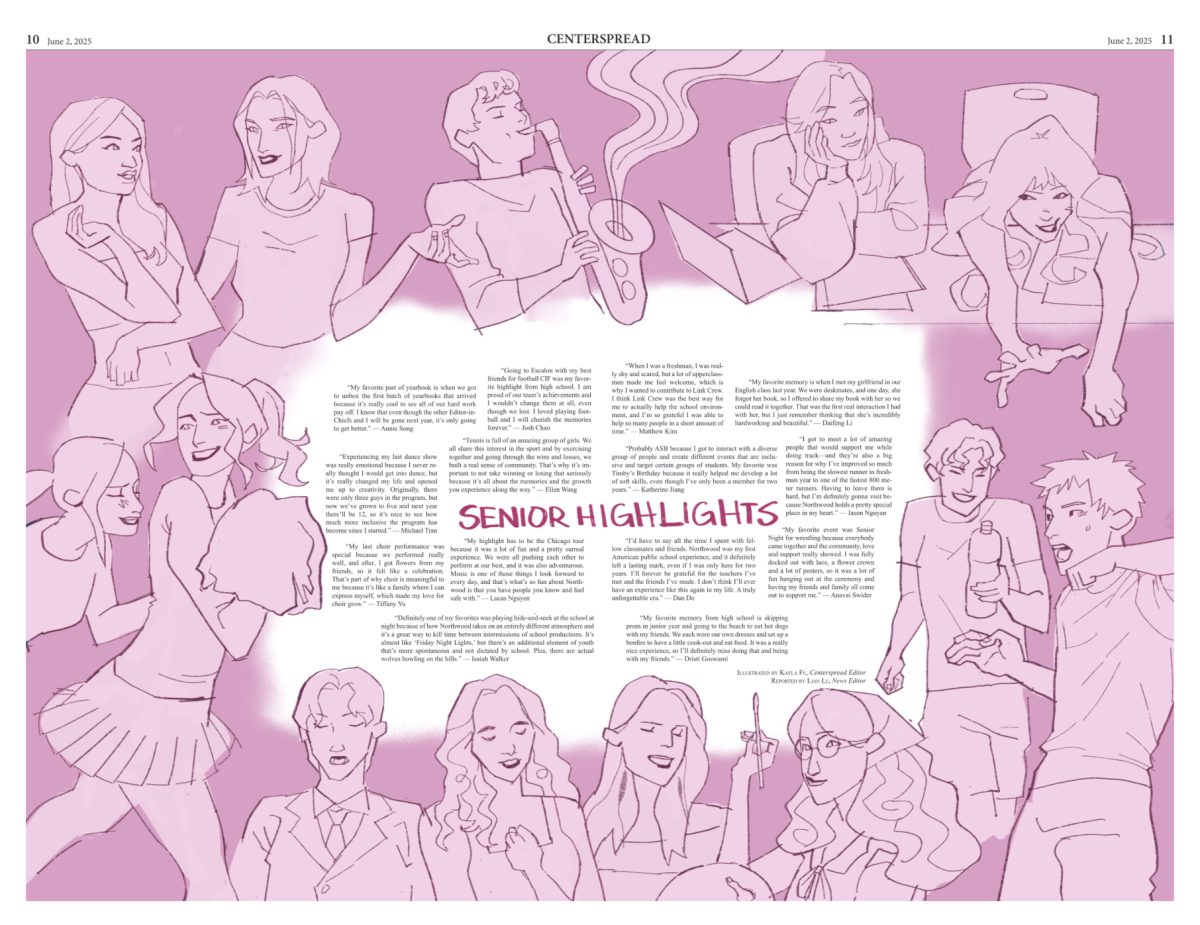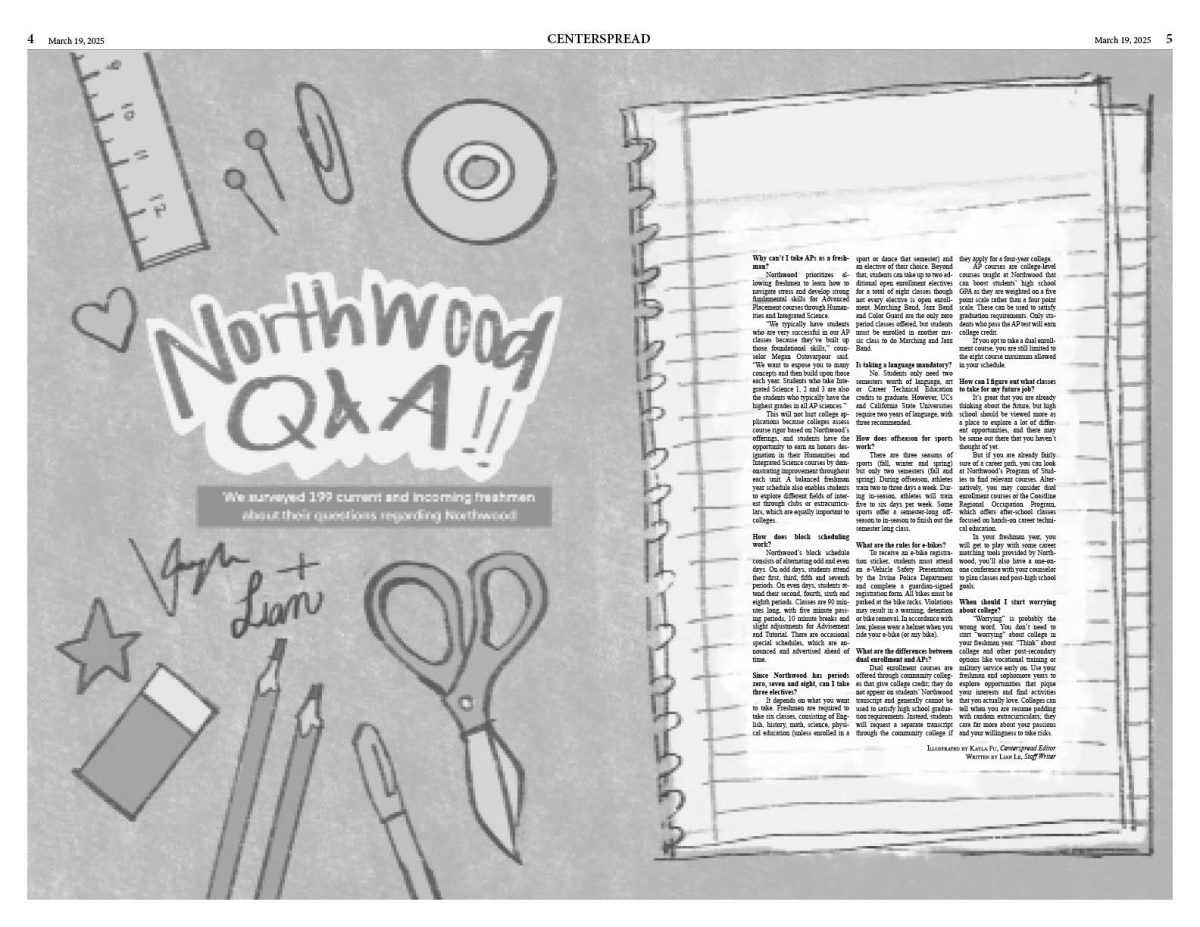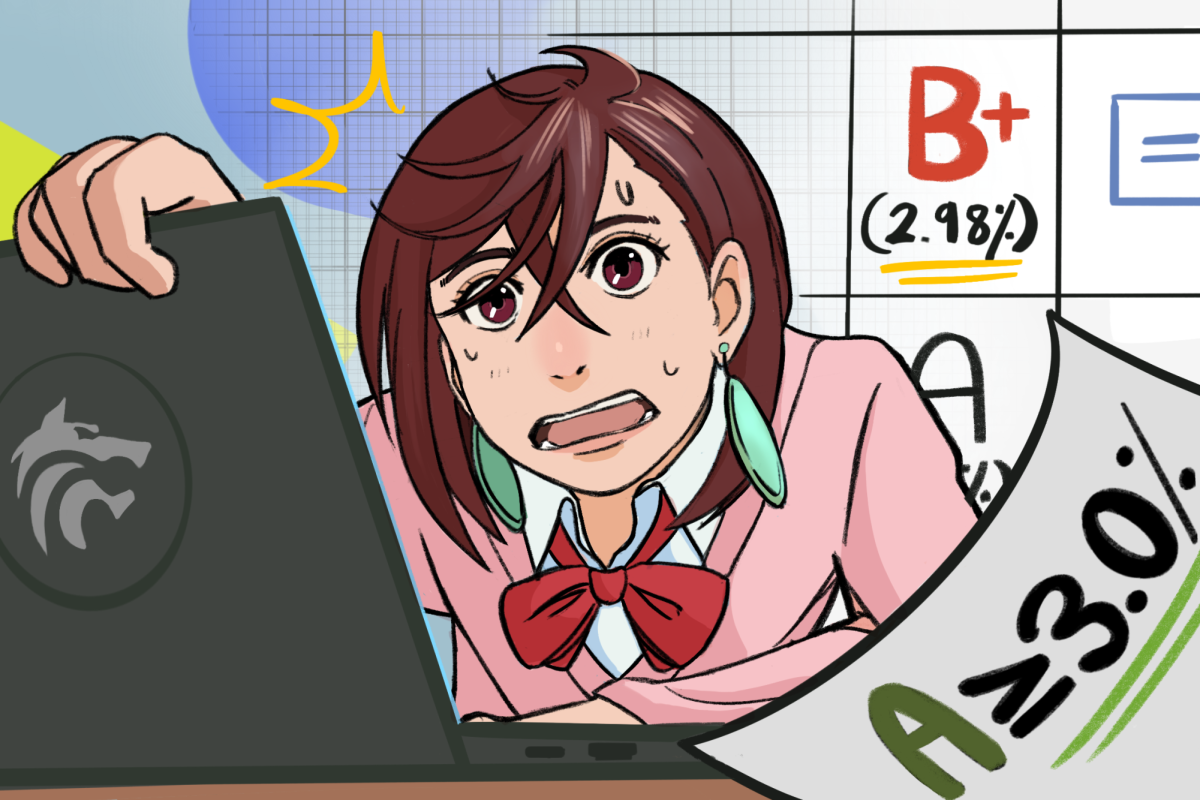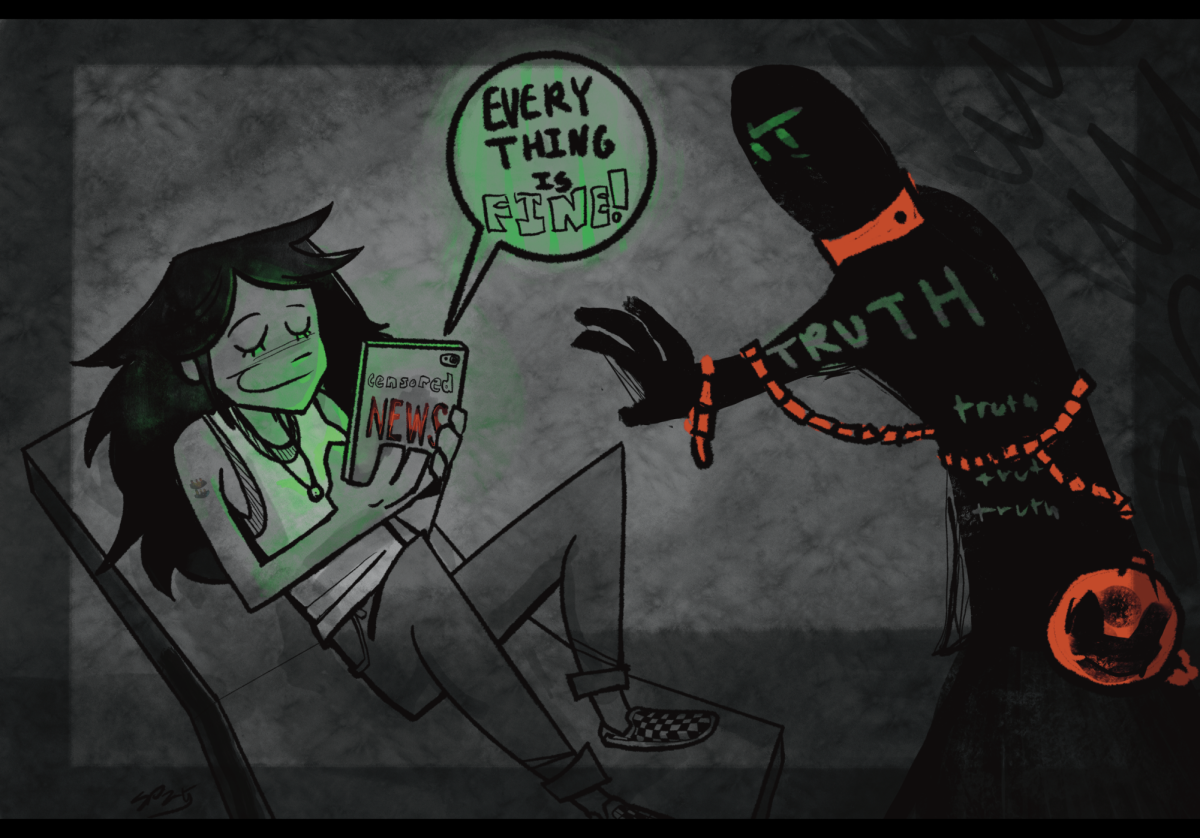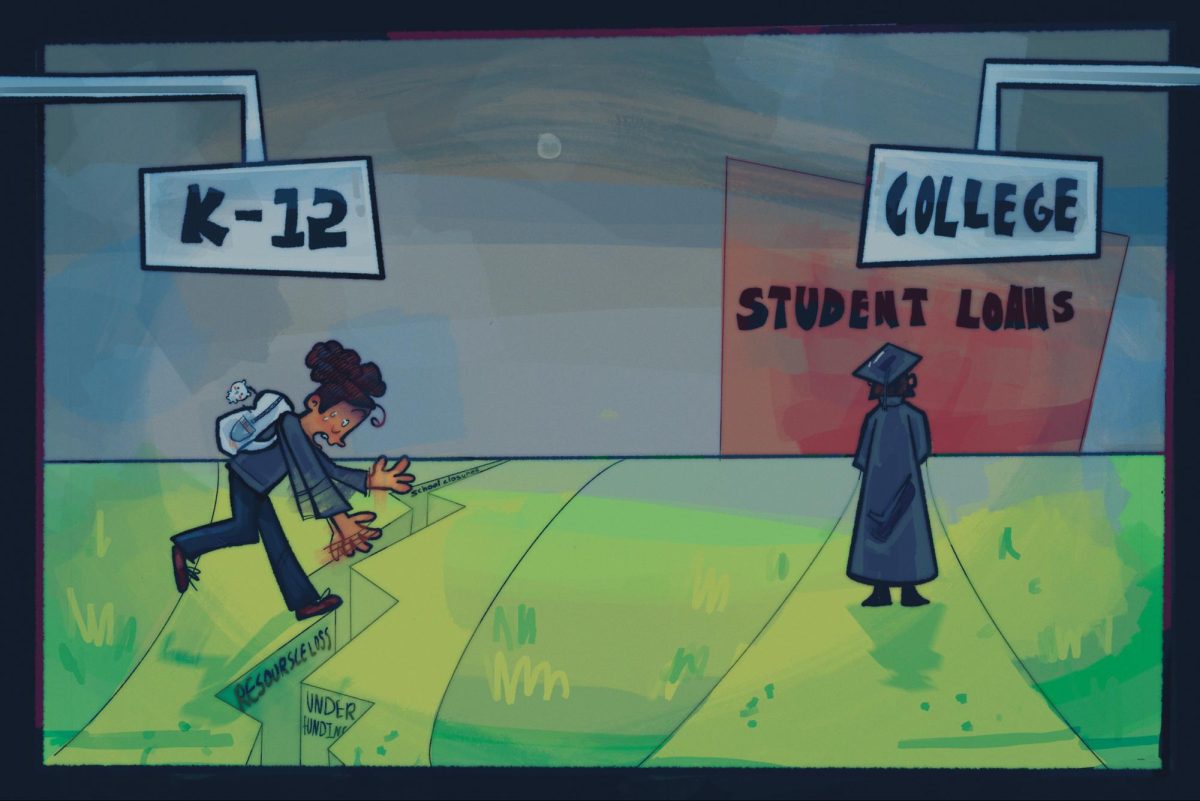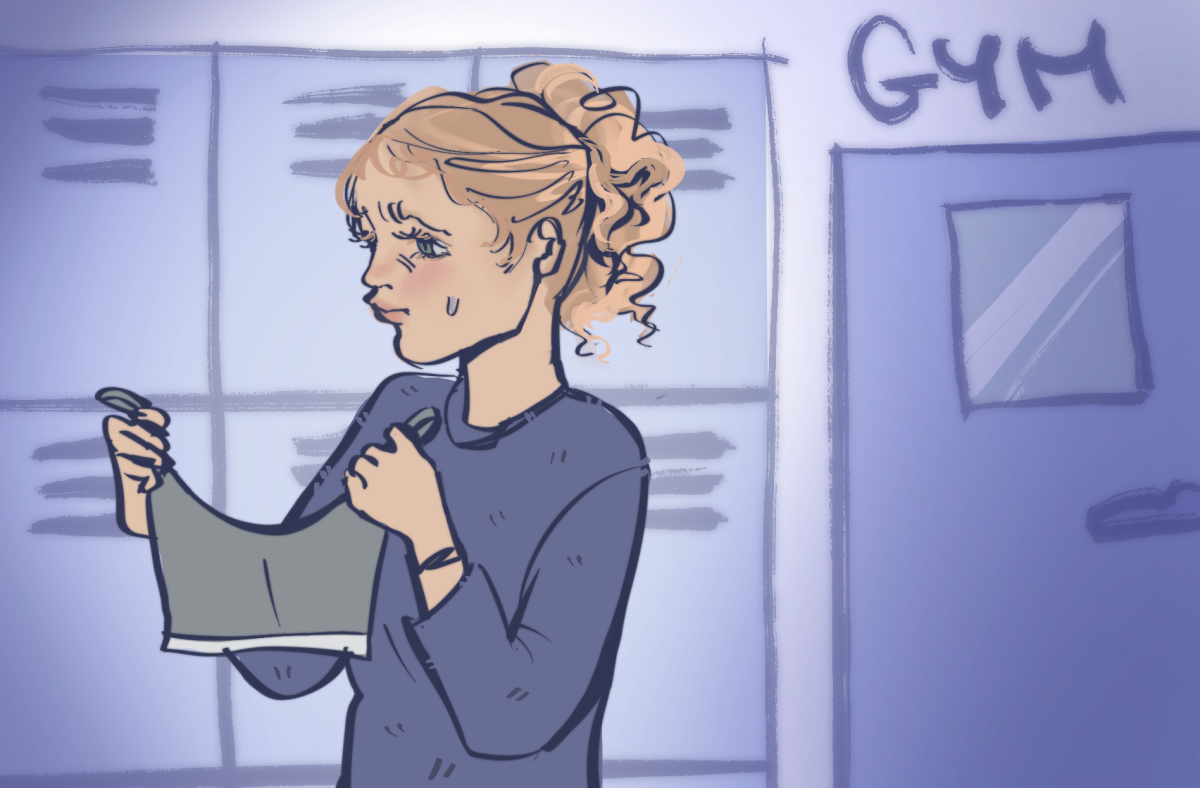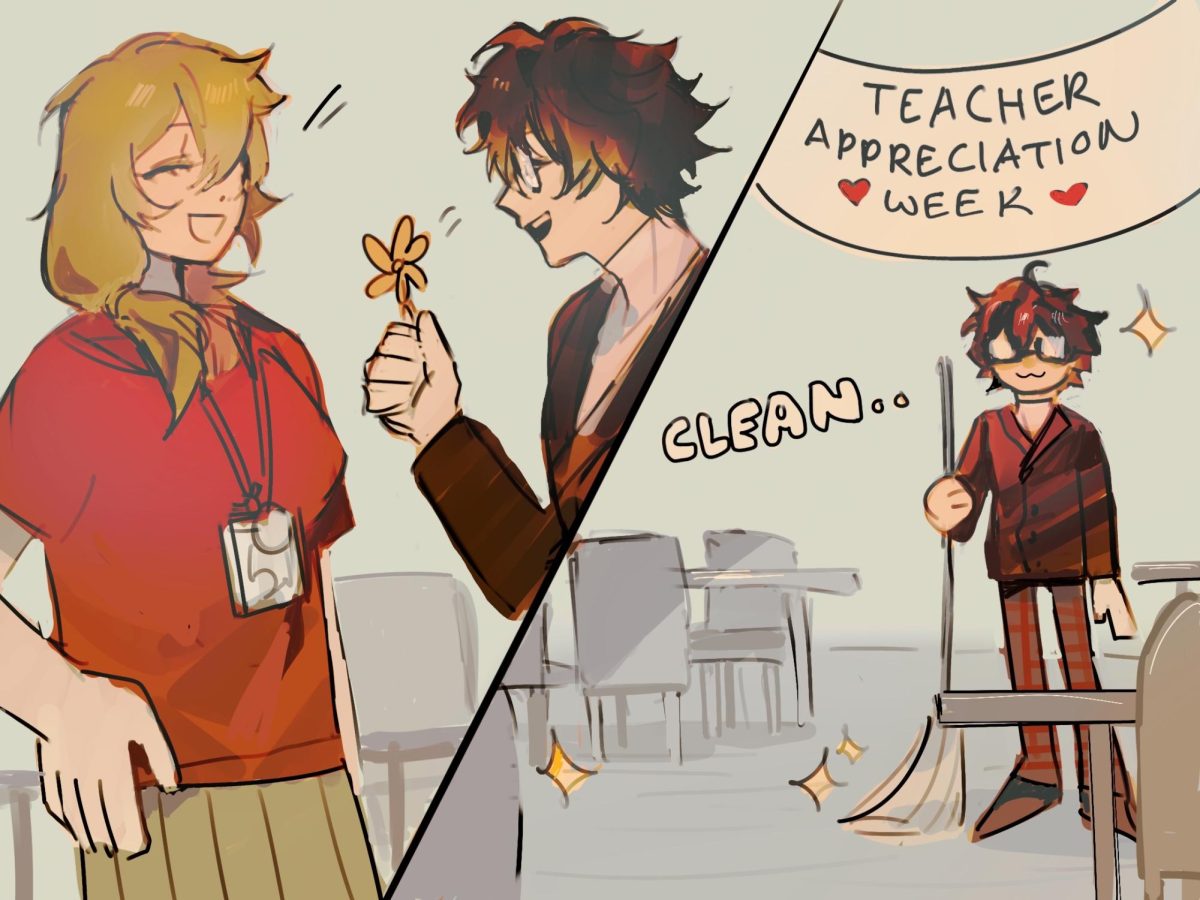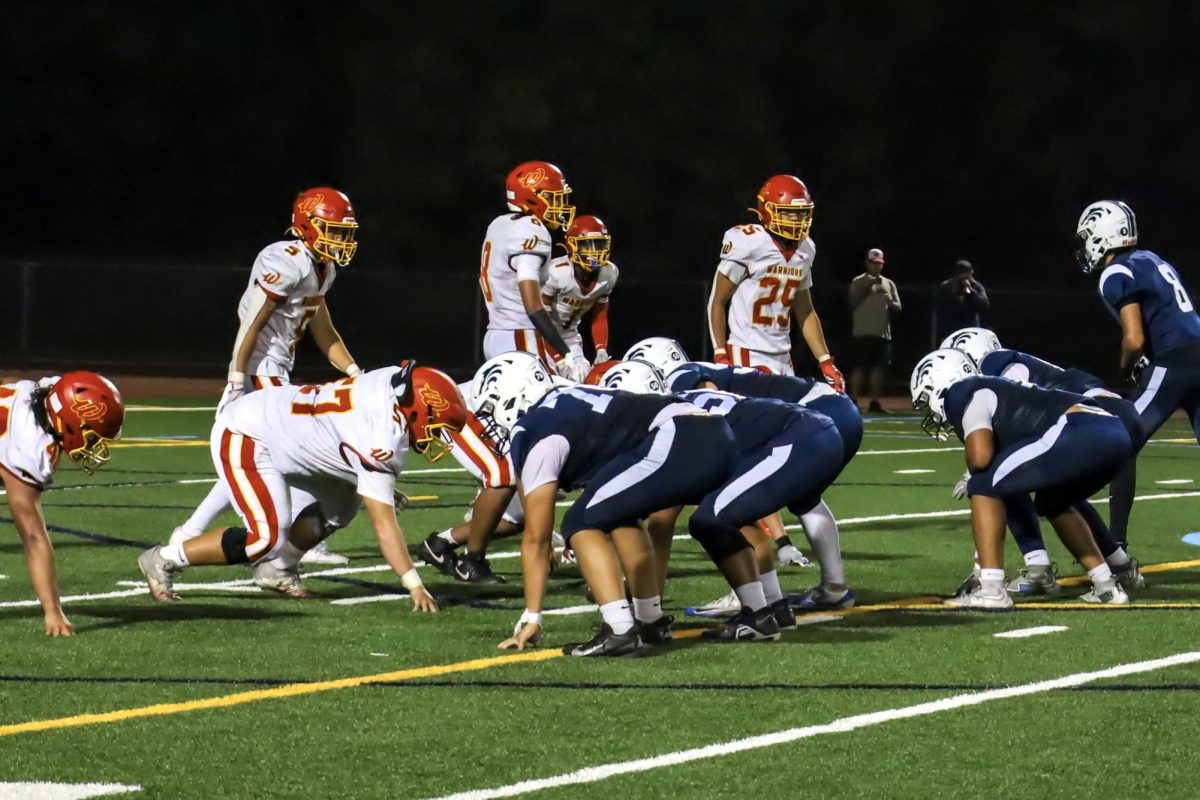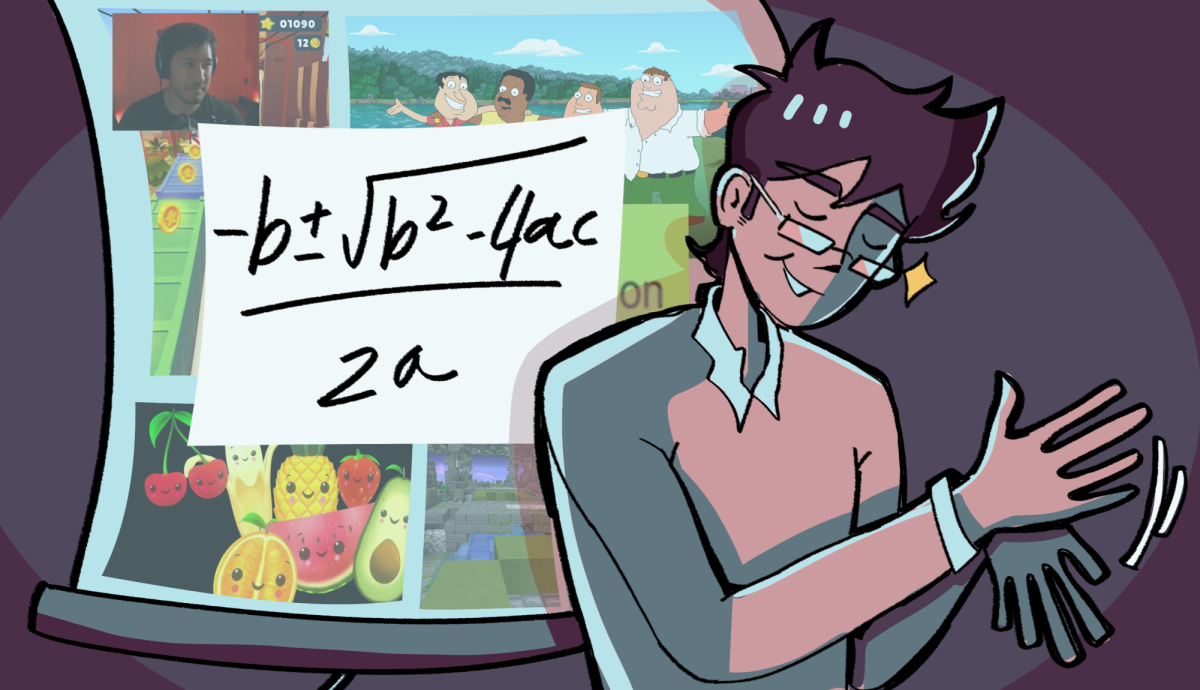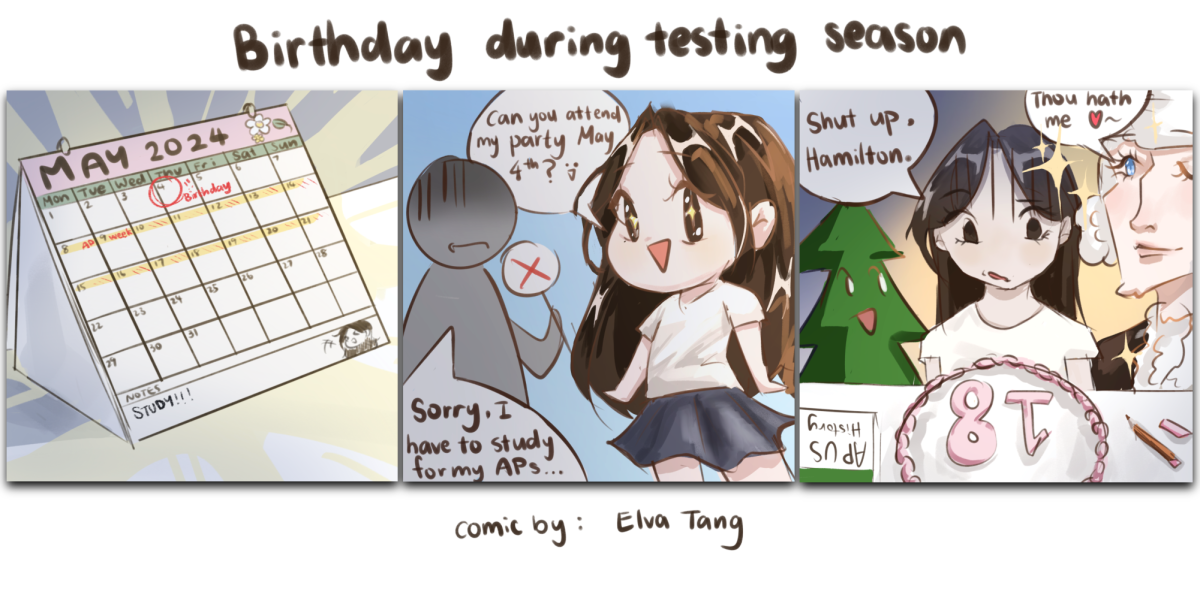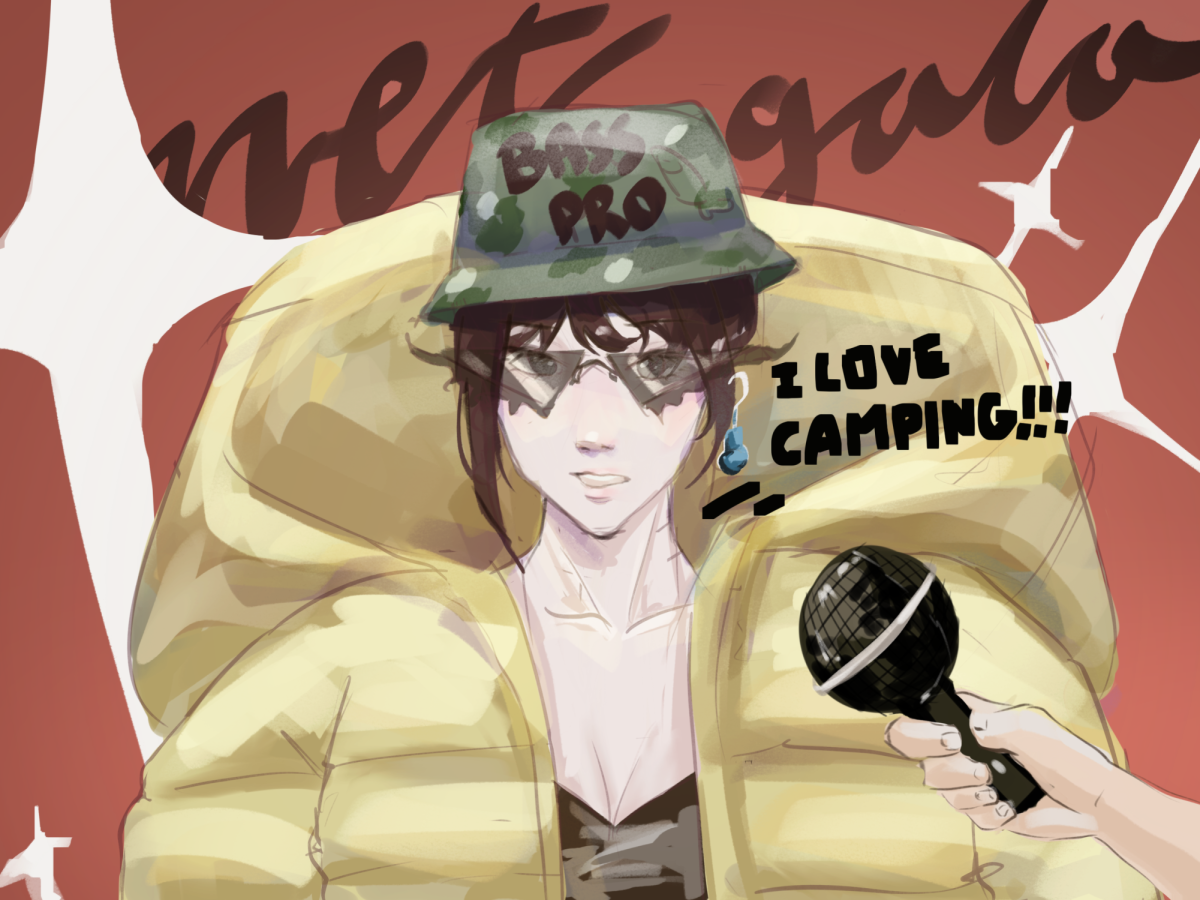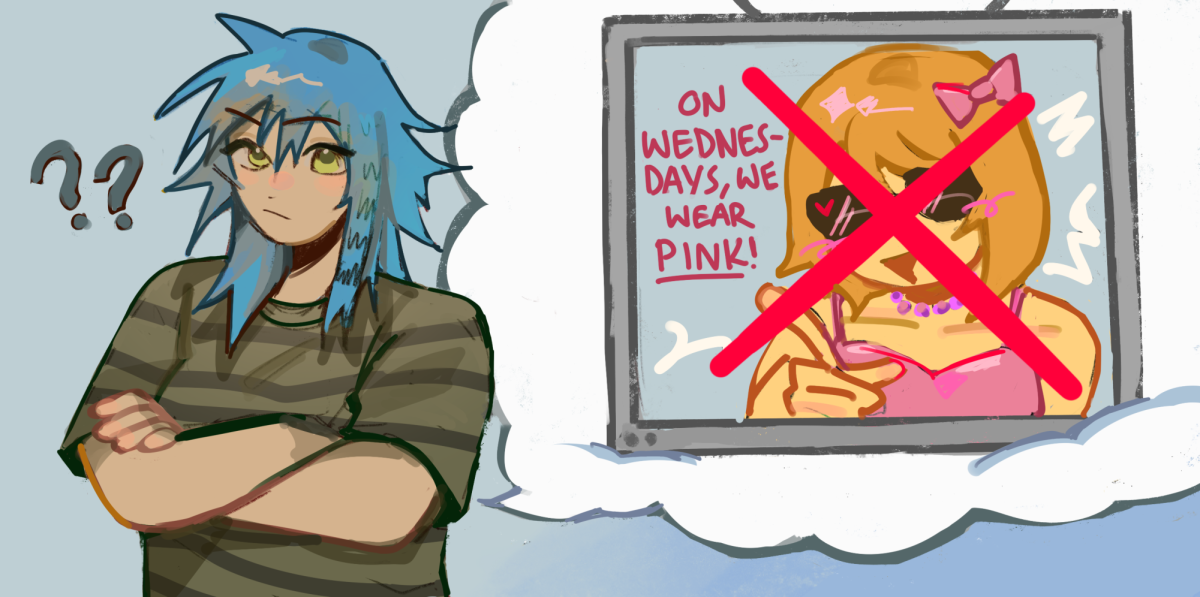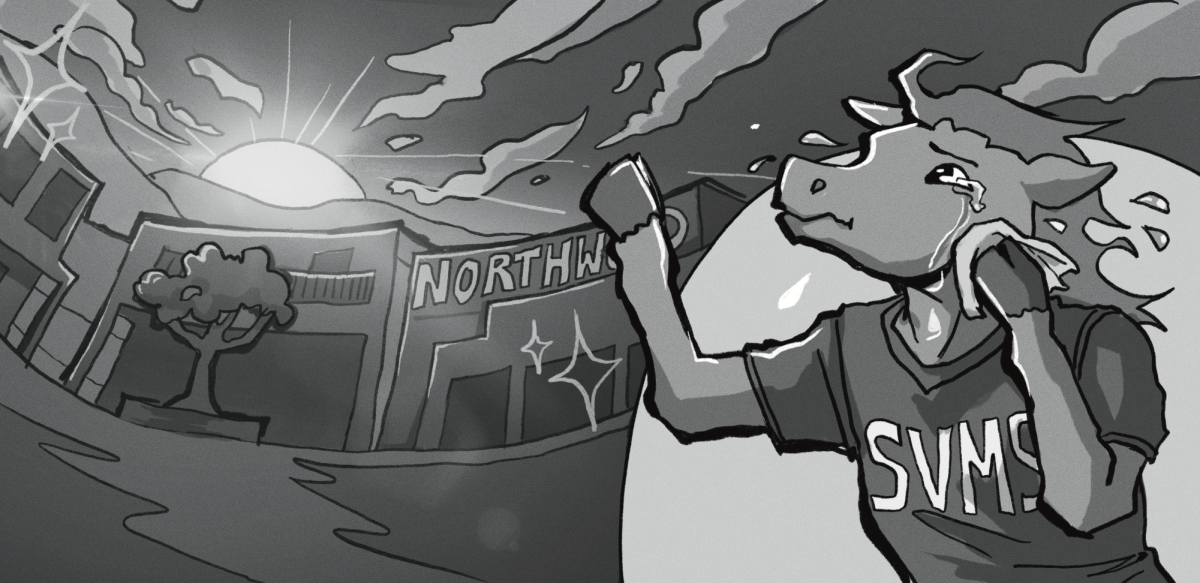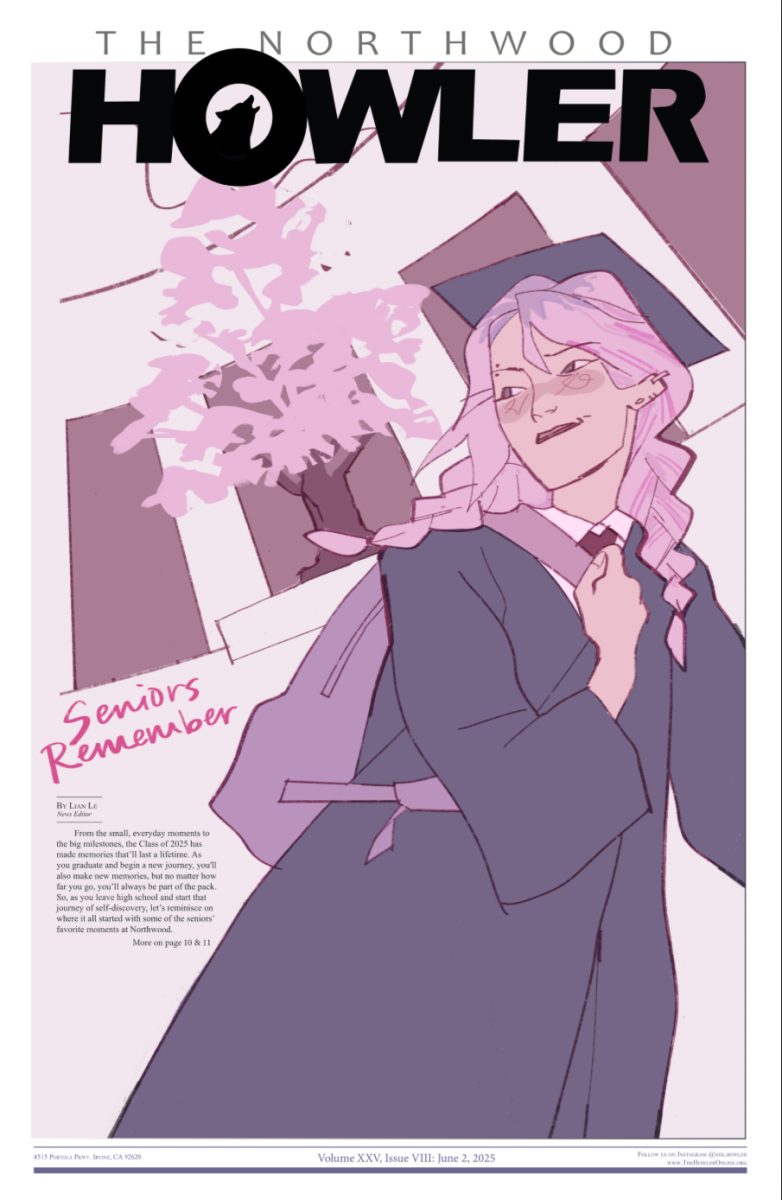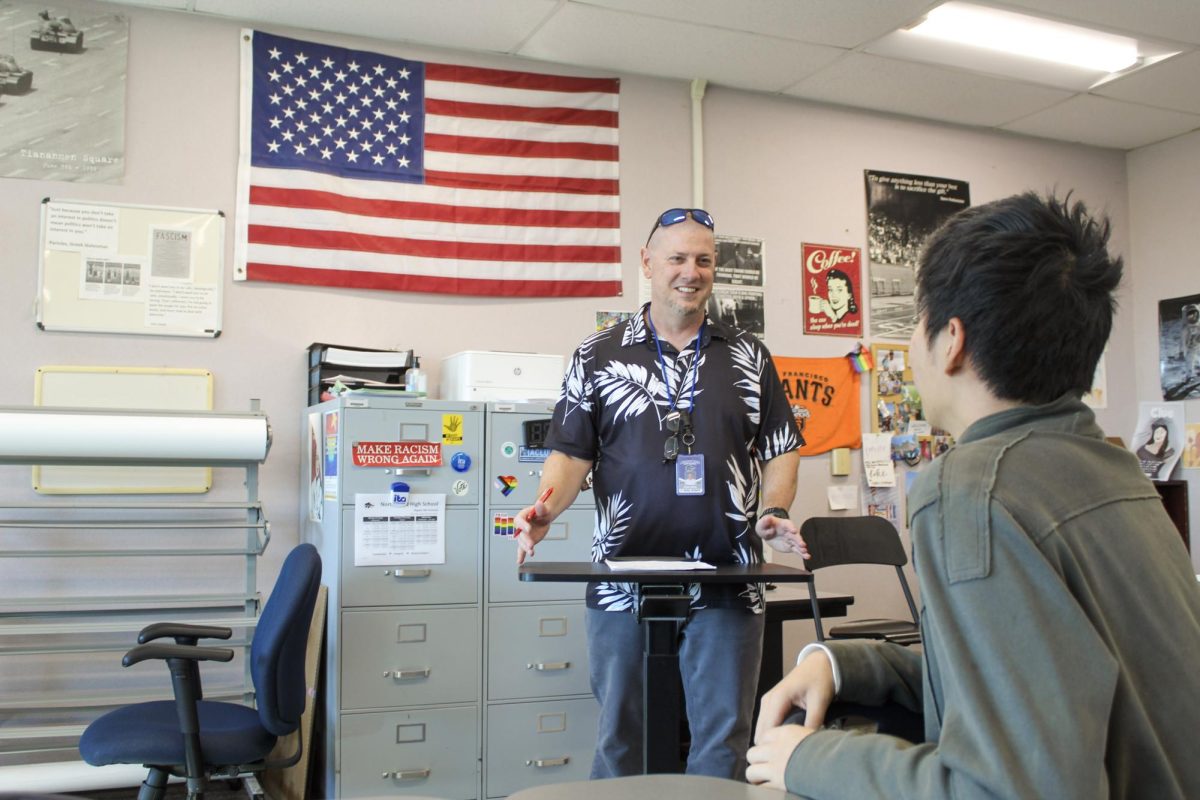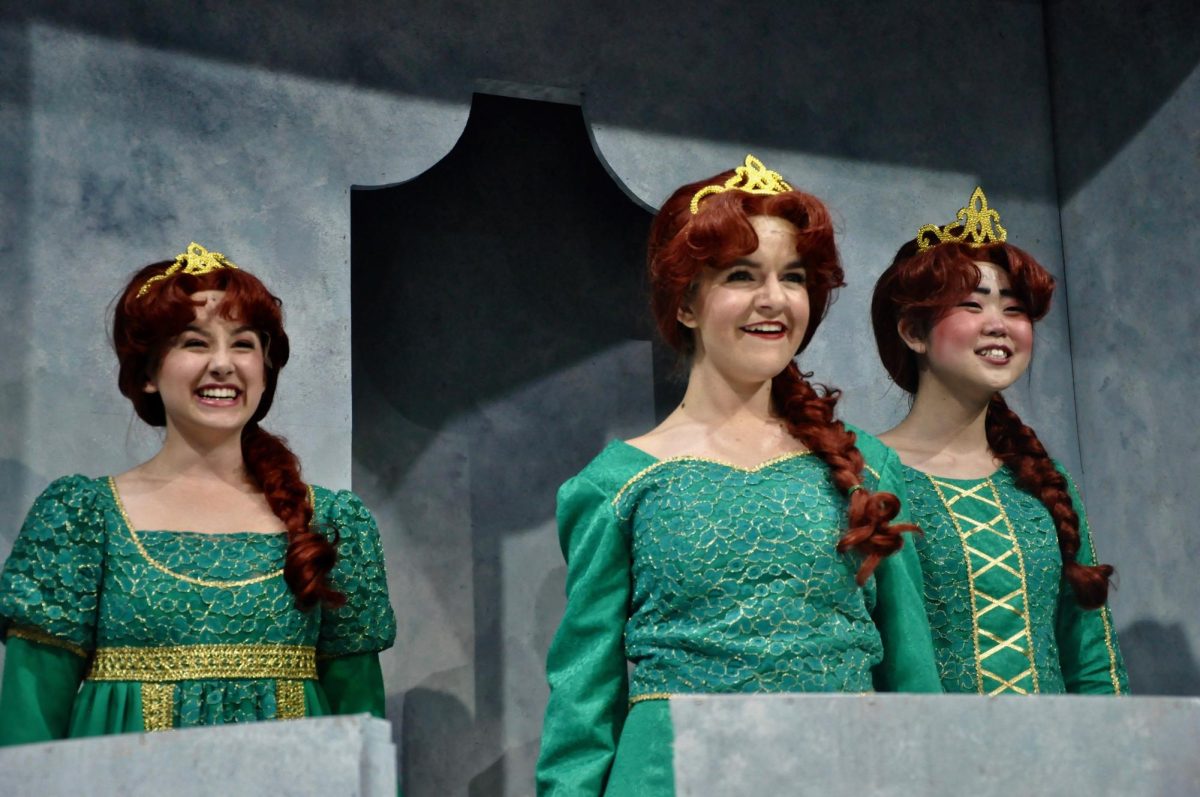When people think of art, the first things that come to mind are often music, literature and paintings. Video games aren’t usually brought up in this conversation, and are criticized as being lower forms of entertainment for promoting violence and addiction.
Yet, a video game that challenges this notion is “Fallout: New Vegas,” a 2010 role-playing game set in the aftermath of a global nuclear conflict where the player is tasked to deliver a mysterious package through the Mojave Desert.
New Vegas blends a multitude of art forms. For example, it takes inspiration from literature by letting the player explore the theme of morality. An early quest forces you to decide whether you would rather help a small settlement resist a gang of outlaws or help the gang sack the village of all its resources.
This is complemented by the overall visual aesthetic of the game, characterized by a unique blend of 1950s American art styles that juxtapose themes of postwar optimism with the reality of a decaying society. By casting neon lights over crumbling highways and filling ruined casinos with the sounds of old jazz music, the game juxtaposes symbols of prosperity and culture with an abandoned wasteland ruined by a nuclear conflict—highlighting the consequences of national hubris and encouraging the player to further reflect on the fall of civilization.
It also draws inspiration from movies and includes cinematic cutscenes, increasing dramatic effect and amplifying emotional impact on the player. One of the most prominent examples of this is during the final standoff at Hoover Dam. During the high-stakes battle that determines the fate of the Mojave, rockets fly everywhere and waves of troops flood the area from all sides, with the constant noise of bullets in the background.
While all of these qualities already establish the game as a valid form of art, what truly distinguishes it—elevating it from other art forms—is that it gives the player control over the narrative.
You can side with the New California Republic to revive old-world democracy, or directly oppose them with Caesar’s Legion, enforcing a ruthless militaristic and authoritarian regime. The player can also resist both of these major factions, and fight for the independence of New Vegas with an authoritarian technocrat and his army of attack robots. This large range of choices creates moral complexity and makes the experience personal, as the player gets to choose what they think is right or wrong.
This masterpiece is a prime example of why video games should gain recognition as art. It blends aspects from traditional artistic mediums such as literature, painting, music and cinematography, adding something no other artistic medium can replicate: interactivity, giving the player freedom of choice and letting them be the author of their own story. “Fallout: New Vegas” can even be seen as an allegory for today’s American politics, highlighting the complexities of varying forms of government, and not painting any faction as objectively good or evil.
If America cannot encourage you to think critically, hopefully this game will. Try the game for yourself, and see for yourself if it is really worthy of the title art.

